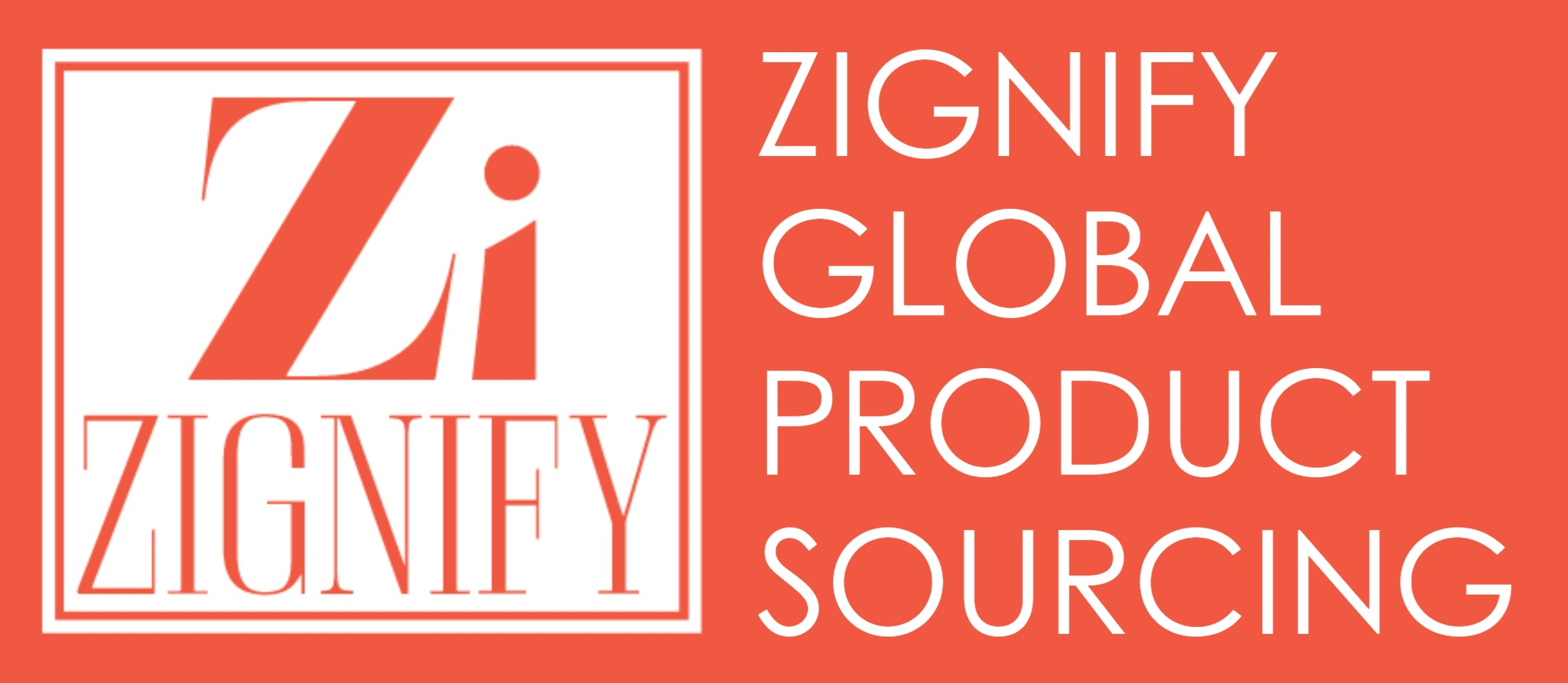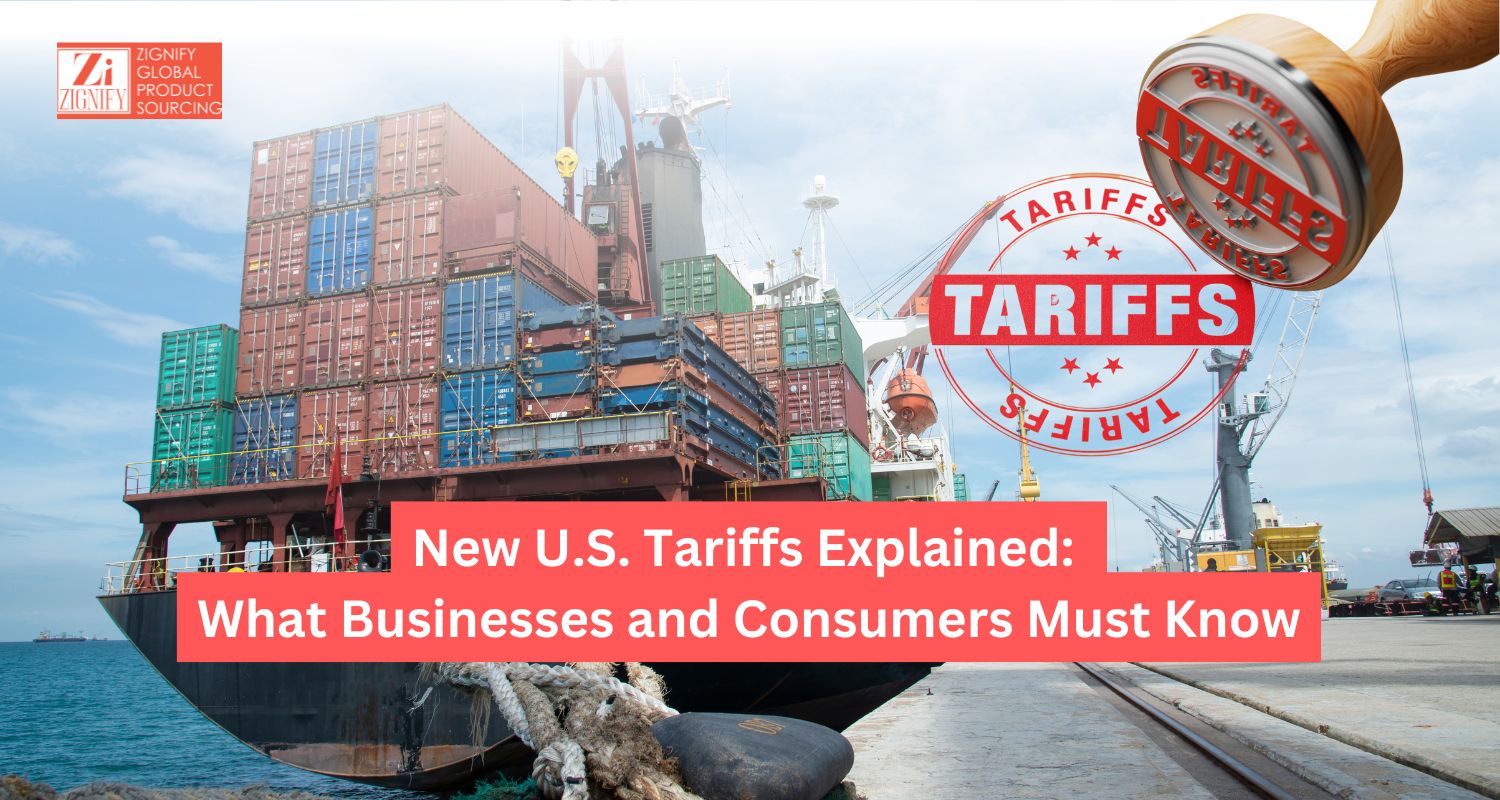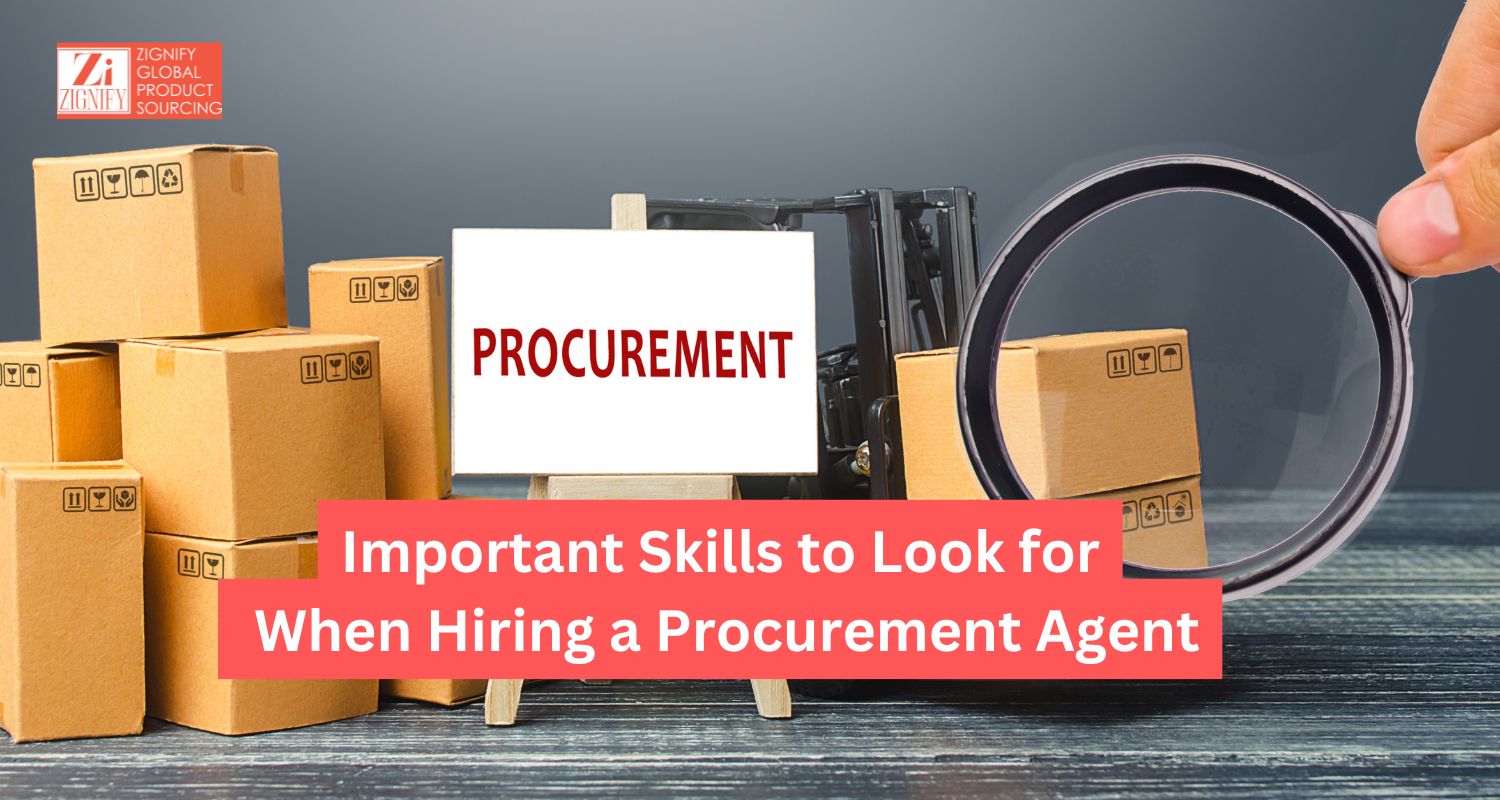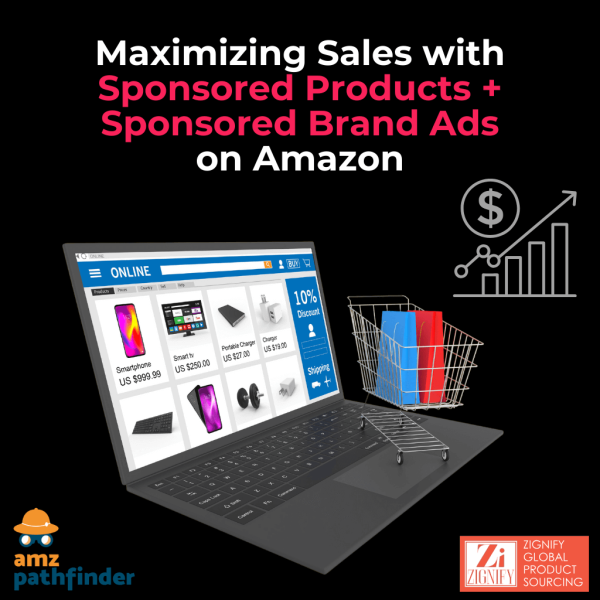
Advertising on Amazon is no longer about simply choosing a single ad type. For sellers aiming to elevate their presence and optimize performance across the entire customer journey, combining Sponsored Products and Sponsored Brands ads is a powerful strategy.
This comprehensive blog explores how these two ad types work together, provides real-world examples, and offers actionable steps to implement this winning combination.
Why Use Sponsored Products + Sponsored Brands Together?
Both Sponsored Products and Sponsored Brands have unique strengths:
- Sponsored Products: Focus on specific product listings and drive immediate sales with a pay-per-click (PPC) model. These ads target shoppers who are actively searching for products, making them ideal for capturing conversions.
- Sponsored Brands: Showcase multiple products or promote brand identity through engaging visuals and brand messaging. They build awareness and increase long-term visibility at the top of the funnel.
When used together, these ad types engage customers throughout the entire buying funnel – from discovery to conversion – resulting in higher visibility, stronger brand recognition, and improved sales.
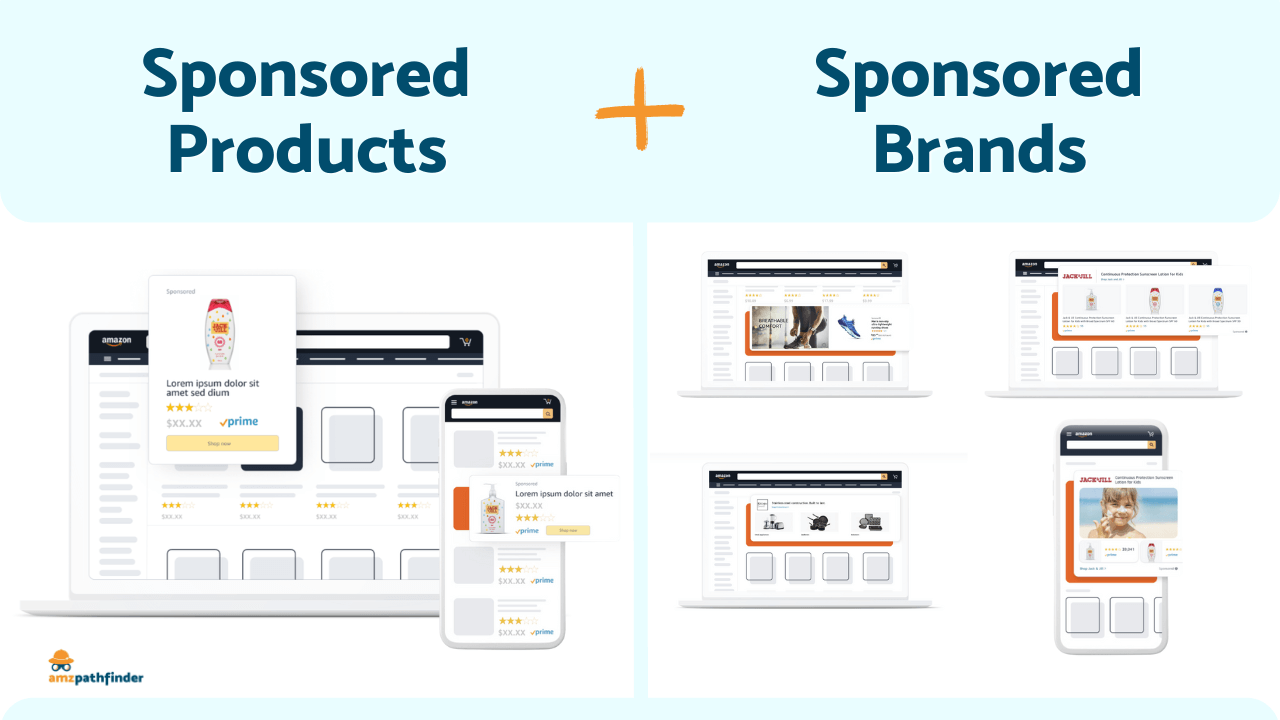
How to Implement Sponsored Products + Sponsored Brands Together
- Target Different Stages of the Buying Funnel
- Sponsored Brands: Use these ads to attract customers at the top of the funnel by showcasing multiple products or telling your brand story. This helps build awareness and introduces new shoppers to your offerings.
- Sponsored Products: Focus on shoppers further along the buying journey by targeting specific search terms that match their intent. These ads are ideal for converting potential customers into buyers.
This dual approach allows sellers to engage customers at both the awareness and purchase stages.
- Boost Brand Visibility and Synergy Between AdsRunning Sponsored Brands ads increases visibility, which can lead to a spillover effect that benefits your Sponsored Product ads. When shoppers recognize your brand through Sponsored Brands, they are more likely to click on individual product ads.Example: A customer sees your Sponsored Brands ad for a collection of skincare products. Later, while searching for a specific moisturizer, they encounter your Sponsored Product ad. Having already engaged with your brand earlier, they are more likely to click and buy.
- Ensure Cost-Effective Sales with PPC CampaignsSponsored Products operate on a PPC model, meaning you only pay when someone clicks your ad. This makes it a cost-effective way to promote individual products, especially when paired with Sponsored Brands ads, which build long-term awareness.
- Build Long-Term Brand EquitySponsored Brands ads allow you to tell your brand story, fostering trust and loyalty. This long-term brand equity complements the short-term sales boost provided by Sponsored Products ads, creating a balanced strategy for sustainable growth.
- Gain Data-Driven Insights to Optimize CampaignsCombining these ad types gives you access to valuable data about customer behavior. You can analyze key performance indicators (KPIs) such as click-through rates (CTR), ROAS, and conversion rates to optimize your campaigns.
Step-by-Step Guide to Combining Sponsored Products + Sponsored Brands
- Set Clear Goals
Define your objectives – whether it’s boosting sales or building brand awareness. Clear goals will guide your ad strategy. - Optimize Your Product Listings
Ensure that your product titles, descriptions, and images are optimized for search visibility and conversion. Well-optimized listings will improve your ad effectiveness. - Create Compelling Ads
Design eye-catching Sponsored Brands ads with a clear CTA (Call-to-Action) to direct shoppers to a product collection or your Brand Store. For Sponsored Products, use compelling product descriptions and competitive pricing to encourage clicks. - Target Relevant Keywords
Use keyword research tools to find high-performing keywords for both ad types. Ensure Sponsored Products target transactional keywords, while Sponsored Brands target broader, brand-building keywords. - Monitor and Optimize Campaigns Regularly
Track KPIs such as CTR, ROAS, and conversion rates. Adjust your budget allocation and keywords based on performance data to maximize ROI.
The Impact of Sponsored Products + Sponsored Brands on Your Business
When implemented correctly, this ad combination can:
- Increase Visibility: Engage customers at multiple touchpoints throughout the buyer’s journey.
- Boost Brand Recognition: Build awareness and brand loyalty by telling your brand story.
- Drive Immediate Sales: Convert ready-to-buy shoppers with Sponsored Product ads.
- Maximize ROI: Balance short-term gains with long-term growth by using both ad formats strategically.
Key Metrics to Track for Campaign Success
To ensure your campaigns are performing at their best, monitor these key metrics:
- Impressions: Track how often your ads are shown.
- CTR (Click-Through Rate): Measure how many people click your ad compared to the number of impressions.
- Conversion Rate: Determine how many clicks result in purchases.
- ROAS (Return on Ad Spend): Calculate the revenue generated per dollar spent on ads.
Case Study: How Toshiba Captured Sales and Brand Loyalty with This Strategy
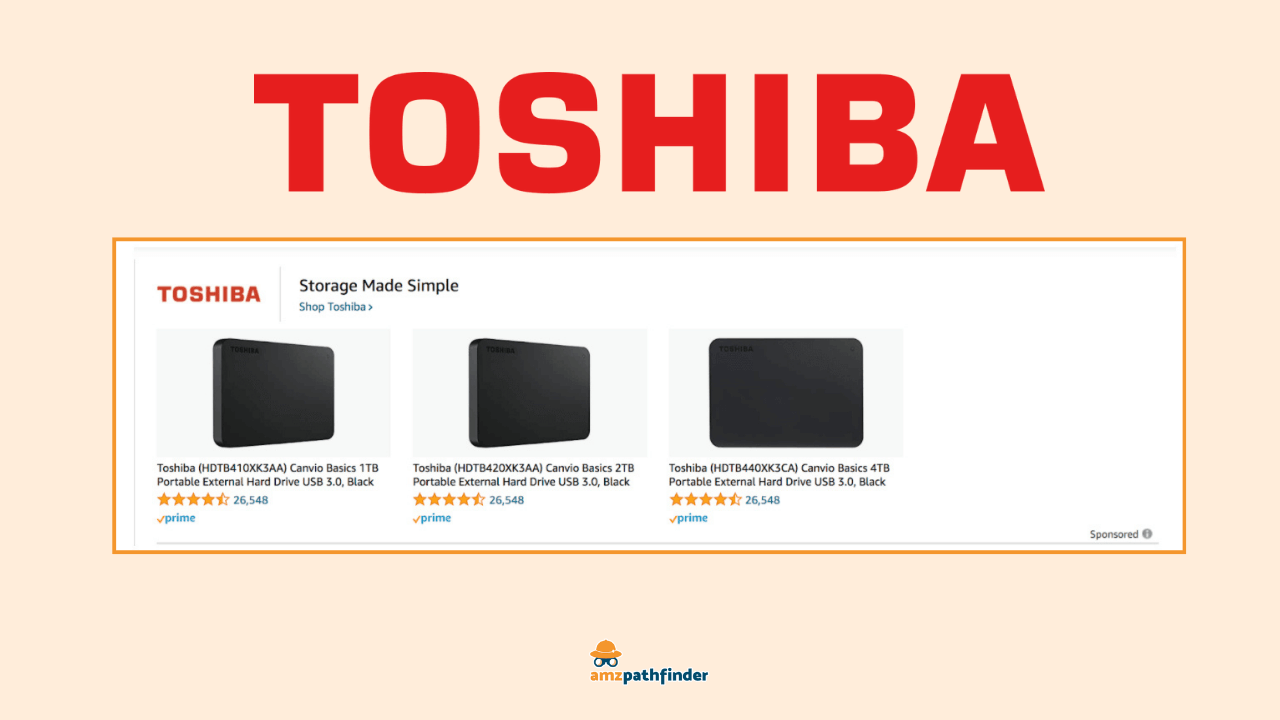
Toshiba successfully utilized a dual-ad approach, running both Sponsored Products and Sponsored Brands ads to capture attention and drive sales. Here’s how they did it:
- Top of Funnel Awareness: Toshiba created Product Collection ads under Sponsored Brands, directing traffic to a dedicated landing page showcasing their entire product line. This tactic increased brand visibility and ensured that potential customers could easily explore Toshiba’s offerings.
- Targeted Conversions: At the same time, Toshiba ran Sponsored Product campaigns for individual items, such as external hard drives. These targeted shoppers who were further along in the buyer’s journey and ready to make a purchase.
This dual strategy not only resulted in immediate sales but also reinforced brand recognition, ensuring Toshiba’s products remained top-of-mind for future purchases.
Conclusion
Combining Sponsored Products and Sponsored Brands ads offers sellers a unique opportunity to engage customers throughout their shopping journey. This strategy not only boosts immediate sales but also builds long-term brand equity, ensuring sustainable growth on Amazon.
By setting clear goals, optimizing listings, and refining campaigns with data insights, sellers can leverage the full potential of both ad types. This multi-feature strategy empowers sellers to increase visibility, build brand loyalty, and drive conversions—unlocking the path to higher ROI on Amazon.
FAQs: Sponsored Products + Sponsored Brands Strategy
- Why should I use both Sponsored Products and Sponsored Brands?
Sponsored Brands build brand awareness, while Sponsored Products convert ready-to-buy shoppers. Together, they engage customers across the entire funnel. - What is the PPC model used by Sponsored Products?
With PPC, you only pay when someone clicks your ad, making it a cost-effective way to drive conversions. - How often should I optimize my campaigns?
It’s recommended to monitor and optimize campaigns every two weeks to ensure you’re on track to meet your goals. - Can I use the same keywords for both ad types?
Yes, but it’s ideal to focus Sponsored Products on transactional keywords and Sponsored Brands on broader, awareness-building keywords. - What tools can help with keyword research?
Tools like Helium 10 and Jungle Scout provide valuable insights into high-performing keywords.
